Hey there, fellow bonsai enthusiasts! Welcome back to my blog. Today, we’re going to tackle a pesky problem that many of us face in our bonsai gardens – spider mites. These tiny arachnids may not be insects, but they sure know how to wreak havoc on your beloved bonsai trees. So, let’s dive right into it and learn how to deal with these little troublemakers.
What are Spider Mites?
First things first, what exactly are spider mites? Well, they’re not insects; they’re arachnids, just like spiders, ticks, and even scorpions. These minuscule sucking pests can quickly become a nightmare for your bonsai garden, especially in hot and dry conditions. Living in the Central Valley of California, I can vouch for how perfect this environment is for them. When spider mites infest your trees, you’ll often notice fine webbing, and a severe infestation can spell disaster for your precious bonsai.
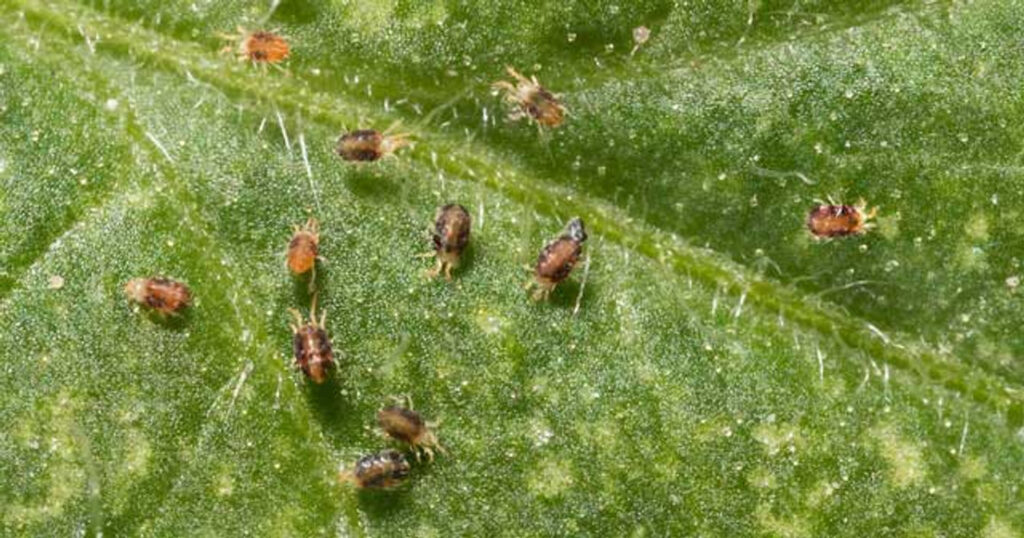
Identification
Now, let’s talk about how to identify these sneaky intruders. Keep an eye out for these telltale signs:
Faded Foliage: If your tree’s foliage starts looking a little grayish, it’s a good idea to investigate for spider mites (we’ll get to that in a moment).
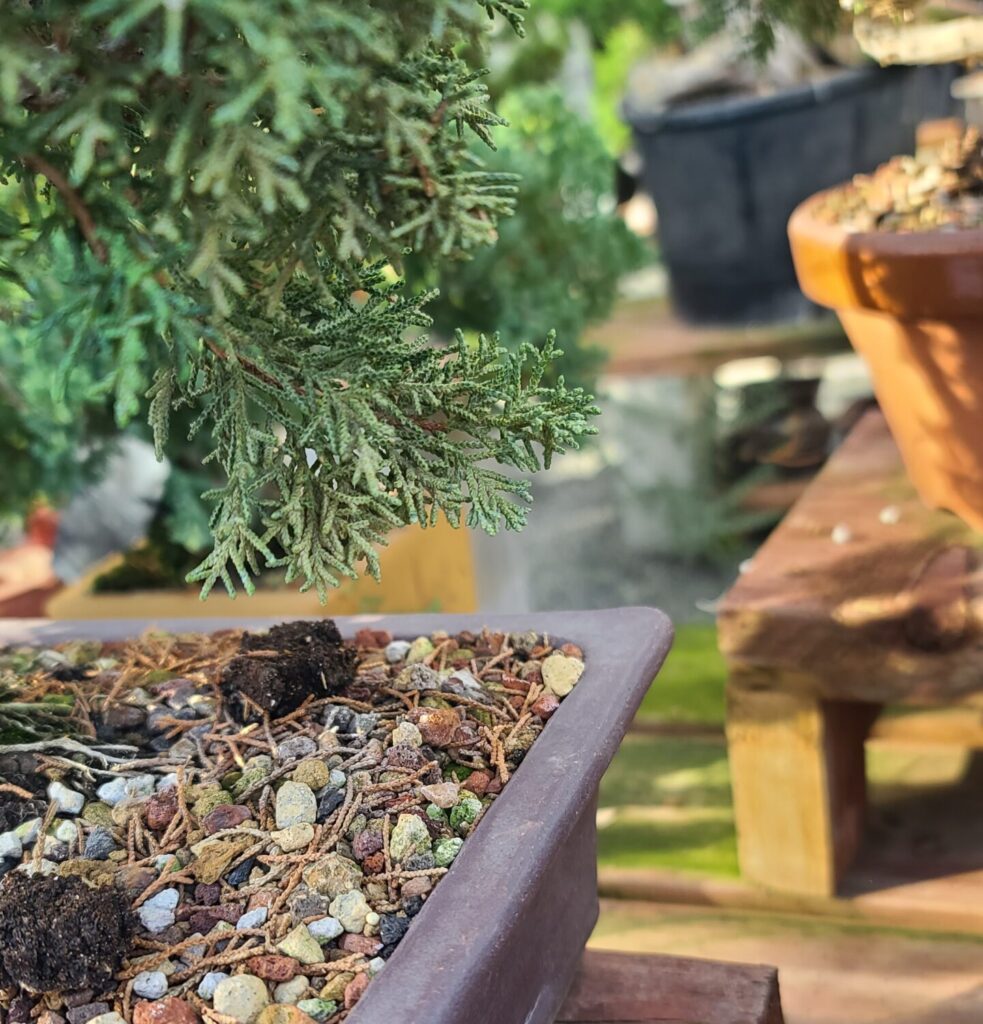
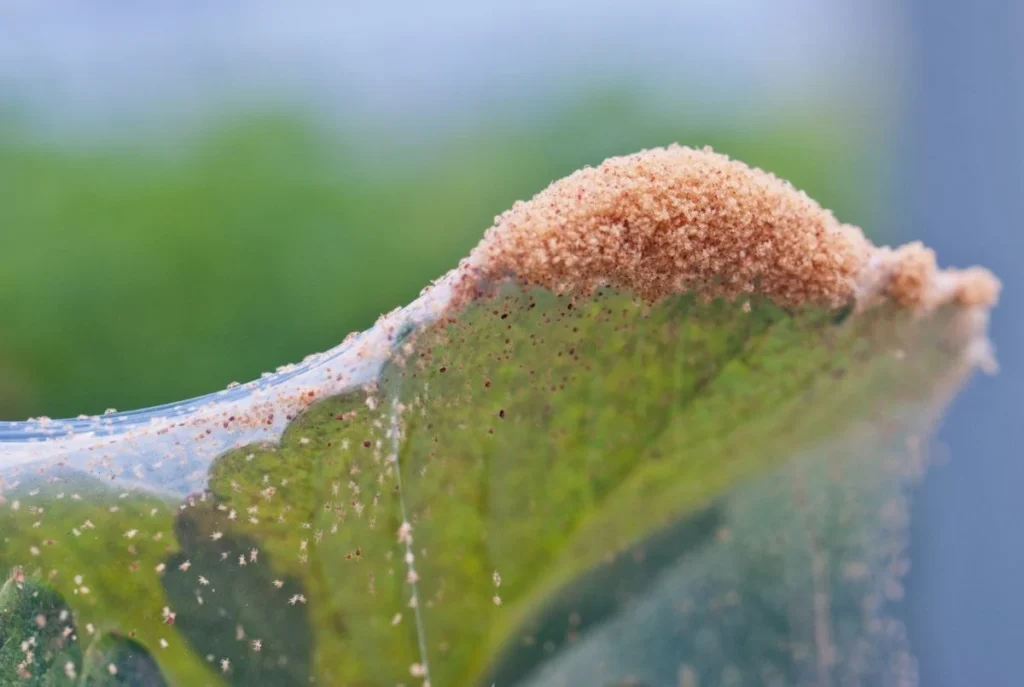
Testing for Spider Mites If you suspect your tree might have spider mites, don’t worry; there’s a simple test you can perform.
Paper Test: Get a clean sheet of paper and place it beneath the foliage of the tree. Give the foliage a gentle shake. This will cause any insects to fall onto the paper. Now, if you have sharp eyesight, you might actually spot the spider mites. But if not, don’t worry; you can swipe your finger over the dots on the paper. If you see smears of blood or streaks of color, that’s a strong indication that you have a spider mite infestation on your hands.
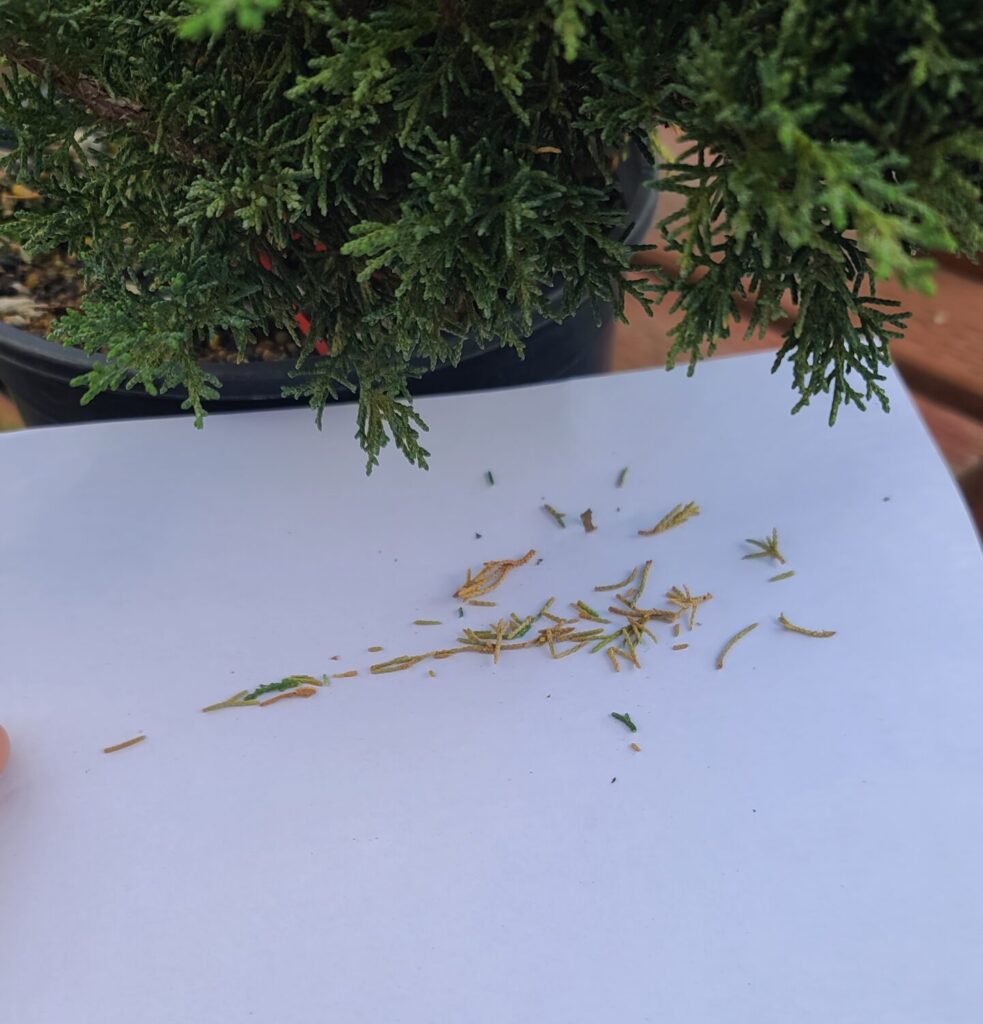
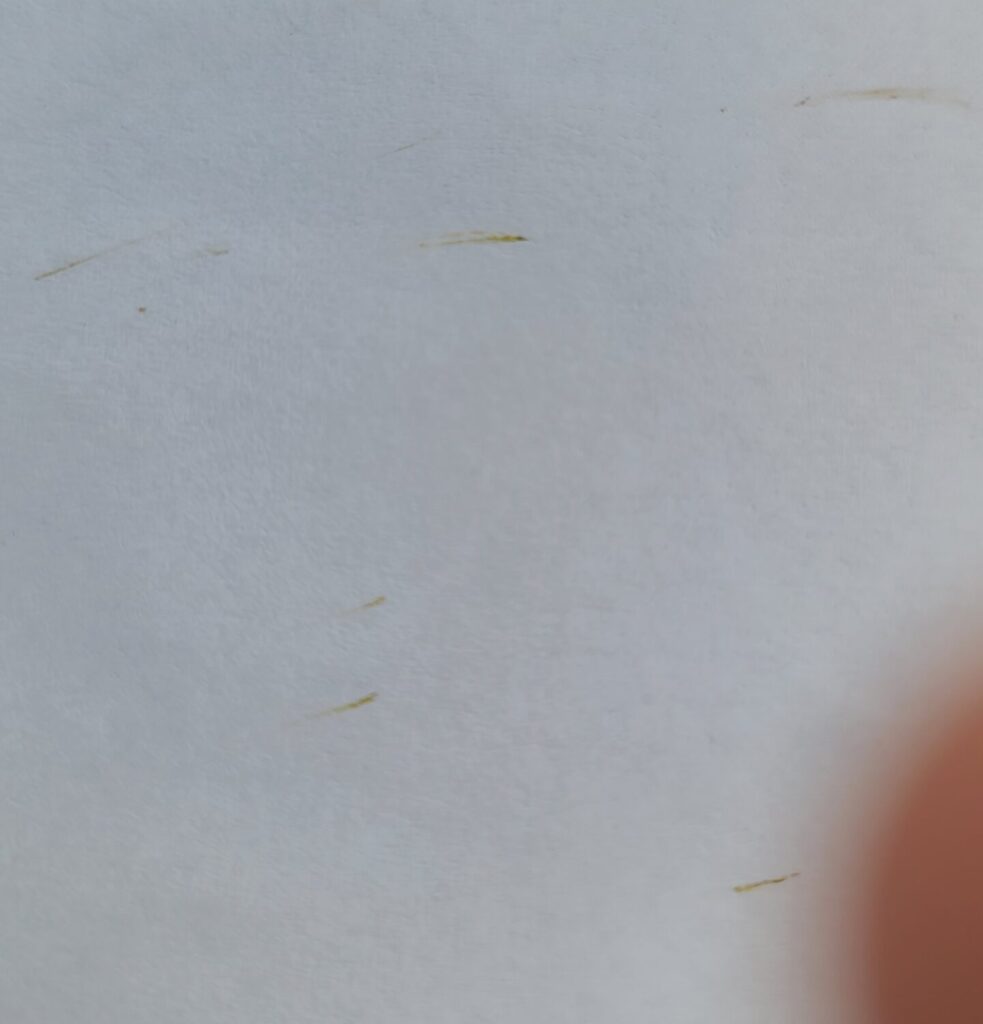
Prevention: The Natural Route
Now, let’s talk about prevention. Spider mites thrive in hot, dusty environments, so here are a couple of natural prevention methods:
Keep It Clean: Regularly water and clean the foliage of your bonsai. Removing dust from the tree can go a long way in minimizing the spider mite population.
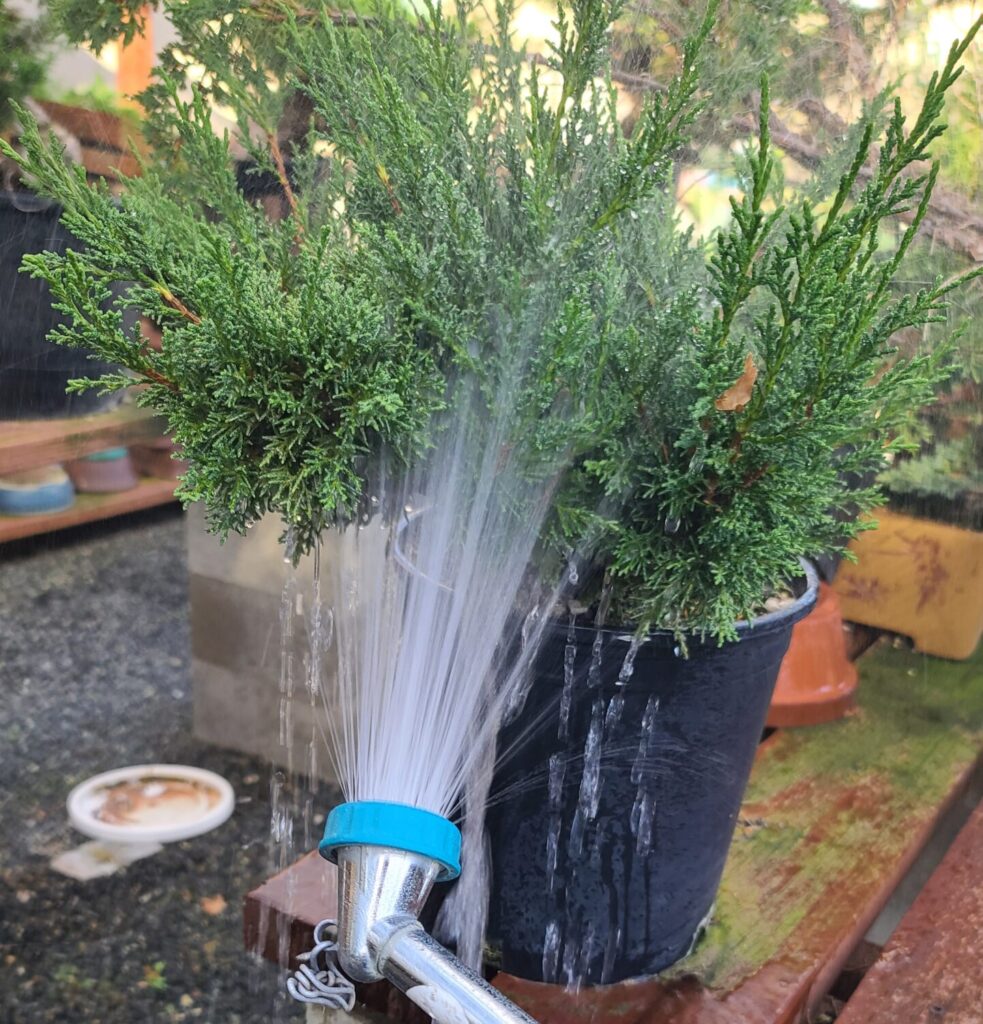
Prevention: The Chemical Route
If you’re dealing with a persistent infestation, you might need to take a more aggressive approach. Here’s a schedule that works well for my region (Central Valley, California). Keep in mind that it’s tailored to my climate, but the principle remains the same – vary your miticide treatments to prevent spider mites from developing immunity.
- March: Movento SC Insecticide quart (32 oz)
- April: Floramite SC Miticide, 8 Oz.
- May: BioAdvanced 3-In-1 Insect, Disease, and Mite Control, Concentrate, 32 oz (Only if needed)
- July: Movento SC Insecticide quart (32 oz)
- August: Floramite SC Miticide, 8 Oz.
- September: BioAdvanced 3-In-1 Insect, Disease, and Mite Control, Concentrate, 32 oz (Only if needed)
- December: Lime Sulfur
Remember to apply these treatments when the weather isn’t scorching hot to ensure the best results.
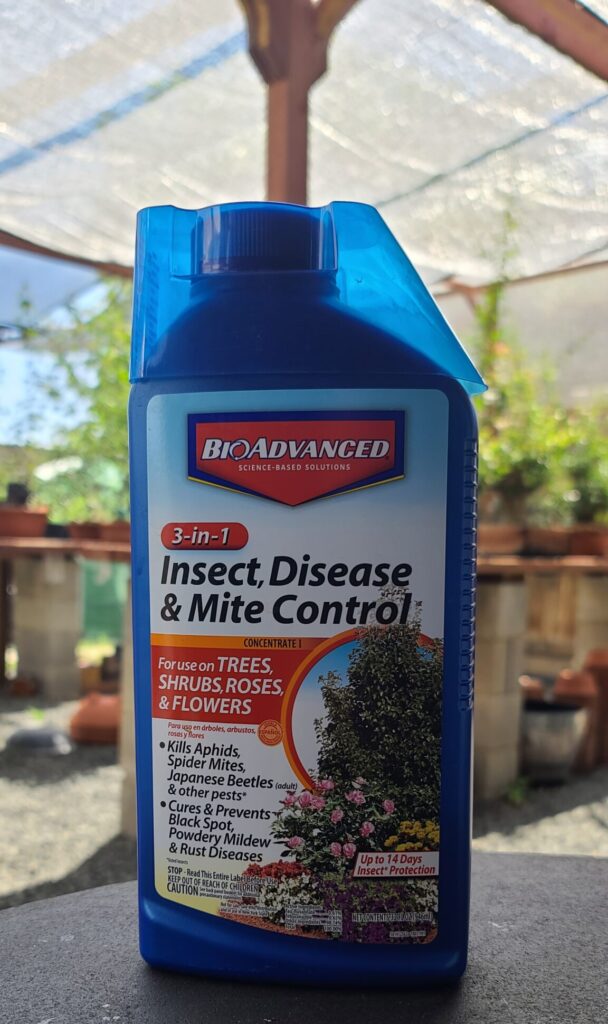
Conclusion
In conclusion, dealing with spider mites in your bonsai garden can be a challenging task, but with the right knowledge and a proactive approach, you can keep your trees lush and healthy. Regularly inspect your trees for signs of infestation, and don’t hesitate to take action when needed. Whether you choose natural or chemical methods, the key is to stay vigilant and protect your bonsai from these troublesome arachnids. Happy bonsai gardening!